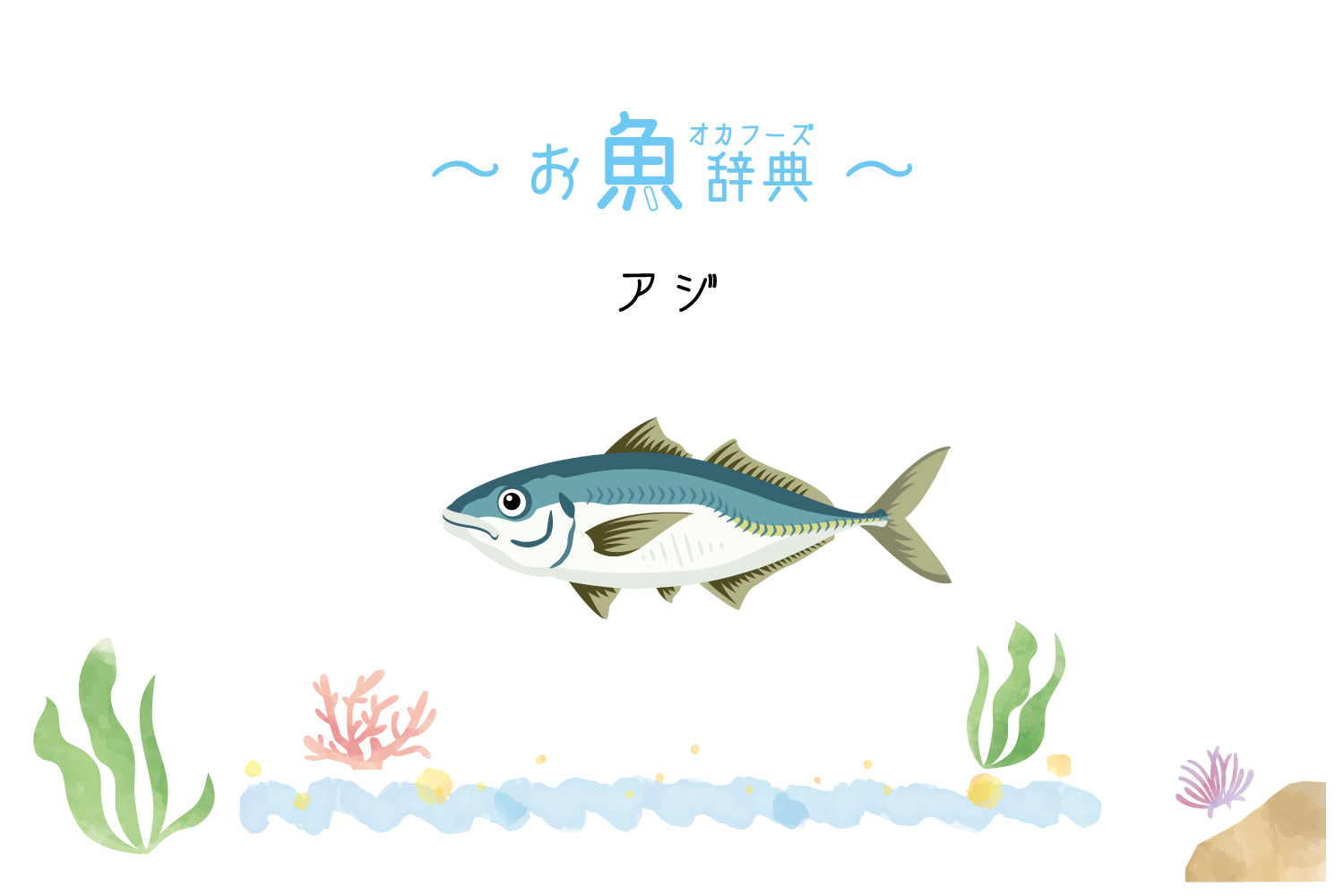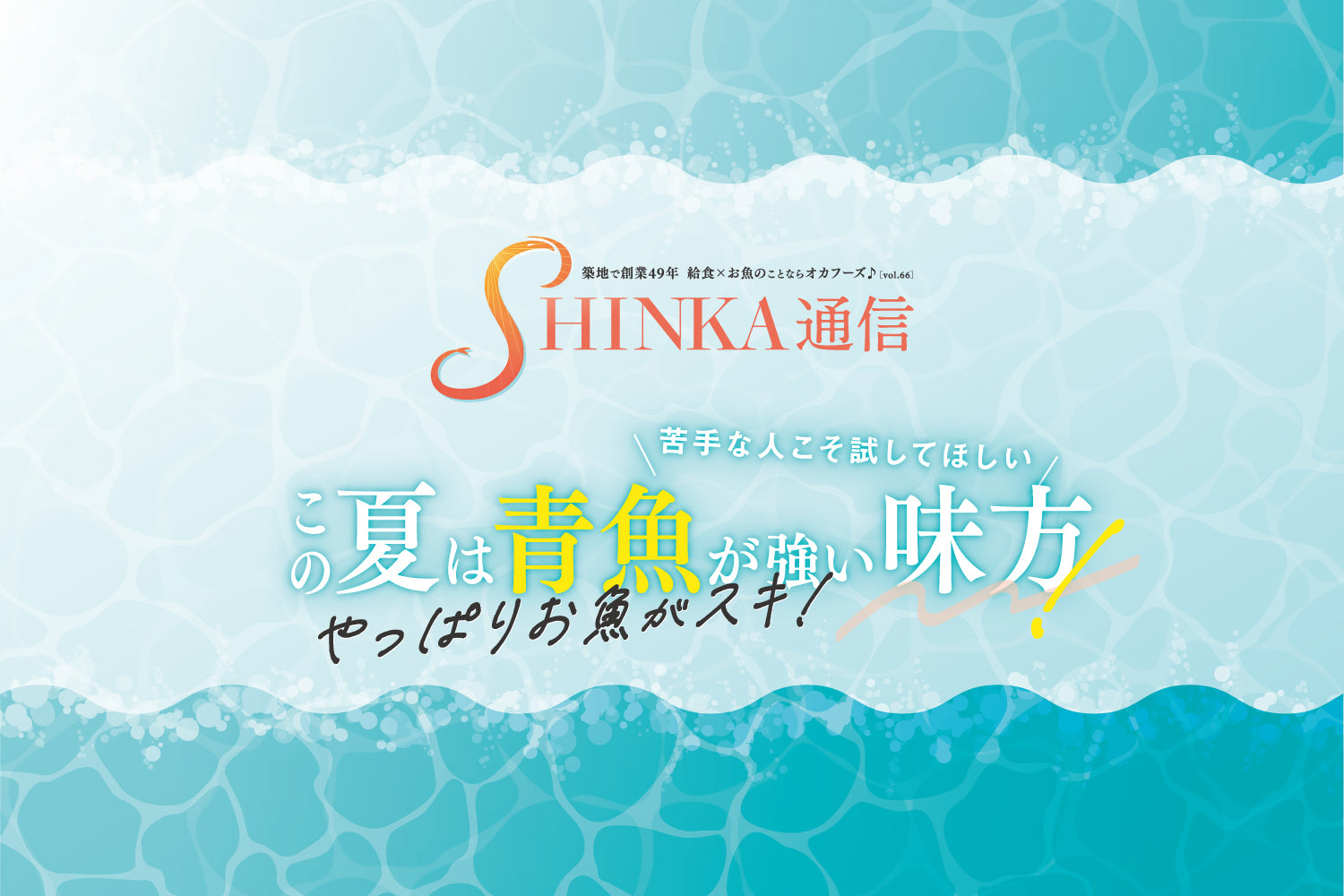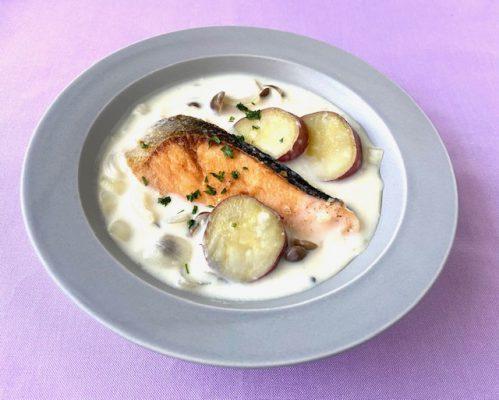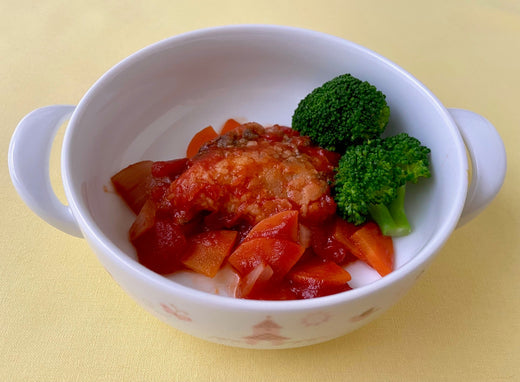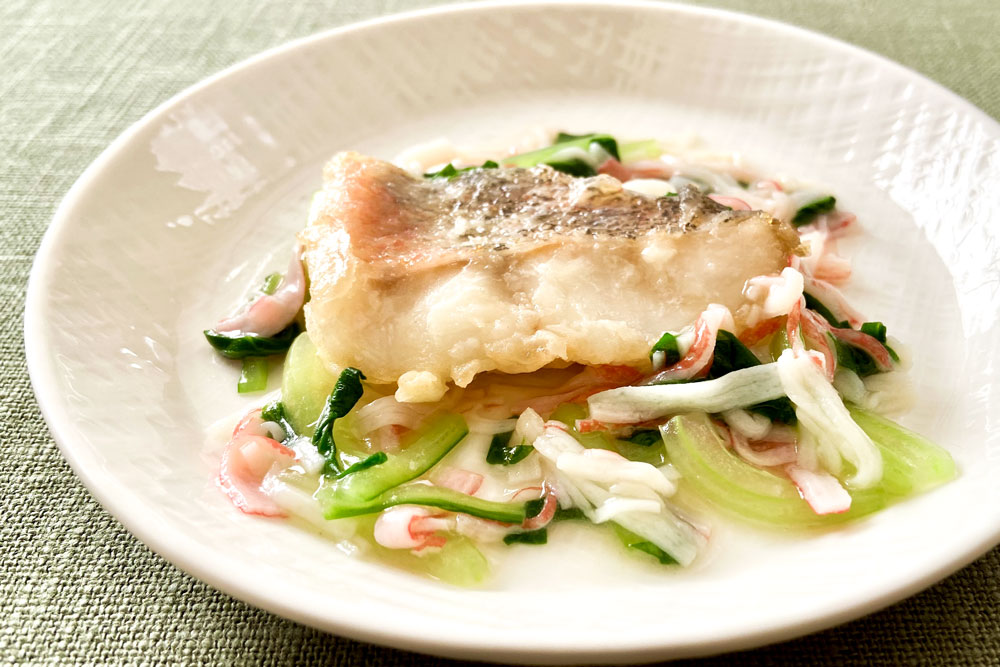Fish Dictionary | Horse Mackerel
This is the key to Okafoods' horse mackerel!
✓ Number 1: We are confident in the freshness of our products!
✓ Part 2: Raw material inspection checkpoint ①!!
When purchasing, we check the quantity on board for each production day and inspect the lots on production days with the largest production volumes. Checkpoints for inspection include checking the freshness of the product by its luster and odor.
✓ No. 3 Raw material inspection checkpoint ②!!
Because fish size varies among schools of fish, we check the variation in weight. Why is it important to understand the variation in size? Because when the fish are filleted at the factory, the size of the raw material to be used is determined in order to minimize variation in the shape of the fillets.
☝Trivia
There are nearly 140 species of fish in the horse mackerel family!- Horse mackerel is 30cm long and found along the coast of Japan. Suitable for sashimi and fried foods.
・Red horse mackerel (also known as Hime-aji) is 30cm long and found in southern Japan. It has firmer flesh than Japanese horse mackerel and is suitable for frying.
・Bigeye jack is 20cm long and found in temperate and tropical regions around the world. It is suitable for sashimi and fried food.
・New Zealand horse mackerel is 30-50cm in length and found along the coast of New Zealand. Suitable for filleting.

Characteristics of horse mackerel
Compared to Norwegian horse mackerel, New Zealand horse mackerel is said to have less fat and be drier. Therefore, Okafoods has used its unique Plus manufacturing method (patented) to create "Plus Horse Mackerel Fillets (Boneless)" that are juicy and not dry, and remain soft even when cooled.

The story of how boneless fillets were born from fish with bones!
✓ Question 1: Do boneless fish swim in the ocean?
All fish have bones. Usually, their bodies are made up of five types of bones: jaw bones, fin bones, belly bones, backbone, and pin bones, which is why they are able to swim freely. But how do they remove the bones? Okafoods' boneless fillets are made by removing the bones one by one by hand. During this process, we also manage the processing time and the core temperature of the fillets to maintain freshness.
✓ Part 2: A heartbreaking effort to leave no bones behind!!
At the manufacturing site, we use various methods to ensure that no bones are left behind. We provide thorough training on the location of bones in each type of fish, as well as repeated training on the skills required to remove bones. We also provide training to workers who remove bones by hand, so that they can understand why bones must be removed and think about the meaning of this from the perspective of the customers who will be eating the boneless fillets (children, the elderly, hospital patients, etc.).At the same time, we aim to create a workplace where workers can work with peace of mind for the long term by improving factory labor management and cultivating workers with a high sense of responsibility and technical ability.
Okafoods' popular horse mackerel product

Plus Horse Mackerel Fillet 60g (Boneless)
This is a large horse mackerel caught off the coast of New Zealand. The catch is stable and the price is reasonable. Its flavor is further enhanced by being pickled in miso or koji.
Click here for products
Grilled horse mackerel in Kyoto style (bone removed)
This product helps reduce cooking time. Large horse mackerel caught off the coast of New Zealand is marinated in a specially made Saikyo miso. Normally, this type of fish tends to become hard when it cools, but Funwari's unique manufacturing process makes it plump and juicy, so it can be enjoyed even when it cools.
Click here for products
Horse mackerel fillet with tail, dusted with flour, 300g (bone removed)
The Vietnamese flavor is carefully deboned, dusted with flour and frozen. The tail fin is left on so you can use it for frying or tempura.
Click here for products




